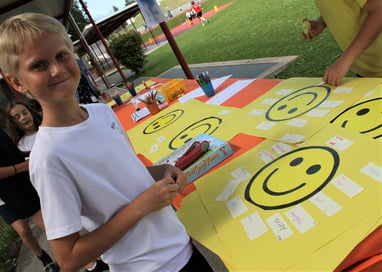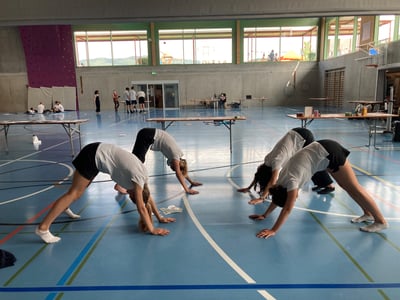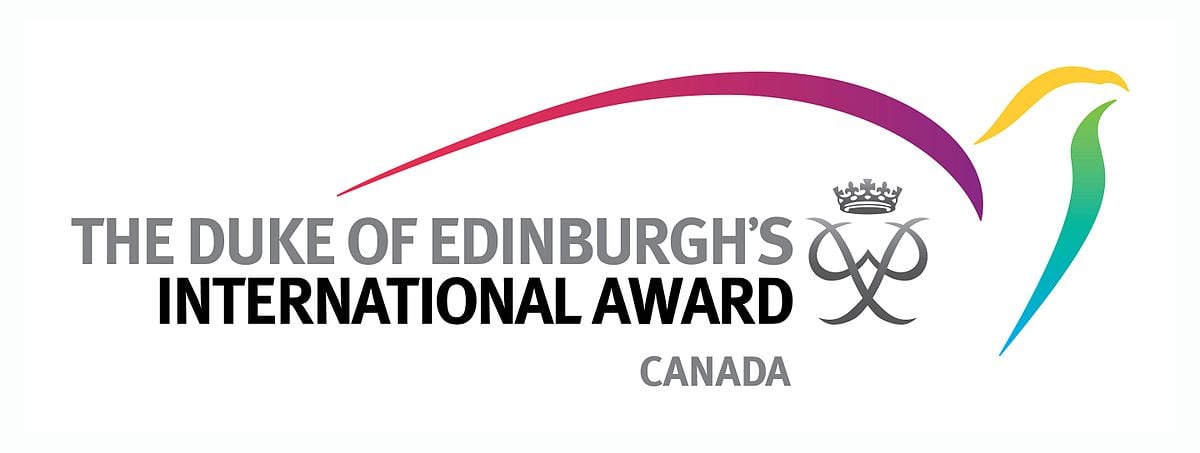"Now more than ever is the moment for mindfulness to guide our hearts and minds. Mindfulness has helped my students and I to self-regulate our behaviours, deal with strong emotions and develop a deeper understanding of our own emotions and how our mind works." – Narcis Iniesta, P3 teacher
We have talked a lot about student well-being and health lately, not least because this year has shone a spotlight on them. With the virus hanging around and fewer social activities taking place, parents want reassurance their children are feeling safe and confident in themselves. And self-knowledge is what will help students maintain a level head through whatever 2020-21 throws at them.
We have already compiled a list of tips to help older students gain peace of mind. However, we don't only teach well-being to our older students. The primary teachers also bring in the ideas of well-being via the Learning Pathways that run throughout the Learning Means the World curriculum.
Despite delving into different topics in each year group, every Pathway holds a shared goal that enables students to deepen their understanding and open-mindedness. The children discover how the things they study in class can affect areas in their personal lives.
How does the curriculum welcome self-introspection?
One example is the Pathway of culture and understanding that students embark upon in P2. Whilst exploring this general topic, students are encouraged to consider how they can adapt their own personal ideas and attitudes when circumstances around them change.
P5, who study wars and conflict, are asked how they can identify and deal with problems and conflicts in their own lives. This form of guidance towards self-knowledge and reflection is gentle and discreet yet pushes students towards developing a flexible, positive mind-set.

Another technique we place increasing value on is mindfulness. Our P3 teacher, Narcis, has been practicing it with his students for over four years and has this to say about the experience:
“I have noticed that children are more open to embracing and understanding the benefits of mindfulness than adults. This proves that the earlier we are exposed to this practice, the easier it is to see results. Mindfulness allows us to pause the busyness of our minds, notice things that we do not normally focus on and effectively bring awareness to the different thoughts, feelings and emotions that come upon us as we go about our daily routines.”
How can we put it into practice?
Visiting Narcis’ class to partake in a mindfulness session with his students is a wonderful experience. The students are very keen to explain the reasons why they use mindfulness and how it helps them (when they are stressed, when falling asleep, when trying to be calmer).
Narcis guides his students through 10 minutes of deep breathing, body scans and body sensation discovery every morning. Hearing the gentle murmur of children taking deep, collective breaths in and out is a reminder that anyone can find peace if they really want to. The energy of the room is so different to what one might expect of a frenetic class of 8-year olds. When they finish, they describe discovering tension in their legs or arms or necks, and Narcis gives them little ways to mentally address and loosen these pressures throughout the day.
The students are also able to explain how and why mindfulness works using descriptive hand visuals. Understanding the scientific basis behind breath practice will help them to keep going, as they come to understand what the breath is doing in their bodies and why it is so good for them.

Do the students feel the benefits of integrating well-being into their school lives?
Rafael, a previous member of Narcis’ class, is great proof that learning mindfulness early works well because he now continues it on his own. “[Mindfulness] taught me to be patient and calm… when I had stomach-aches I would do mindful deep breathing and it would help me feel better.” His parents also added, “We noticed that Rafael took mindfulness very seriously when he was hospitalised. He really was present and understood the importance of calming himself down through mindful breathing and being positive.”
Kit, another member of P3, has felt similarly encouraged by the mindfulness practice. His parents have noticed that “since he started mindfulness in the classroom, he has transferred these skills to home and we have been using them at bedtime. Not only does this give us as parents a lovely moment with him, but it helps him to independently self-soothe and emotionally regulate when he needs to.”
So whether it’s learning how the curriculum can filter into our daily lives and teach us to apply theory in practice, or whether its ten minutes of mindfulness before the day begins, we believe that introducing well-being as a more prominent part in both the lower and upper school curricula can only be a positive thing.
The feedback we get from both parents and children as we assimilate emotional and personal care into the school day is proof that this works. In the future, schools will need to focus more on the actual people they are teaching and invest in teaching students how to handle the mounting pressures of 21st century life.
If students can manage their own emotions and thoughts, they will be in a much better position to build a positive relationship with learning and with themselves.
Katie Harwood


.png)










